News
Jan. 12, 2023
Replacing a car clutch can be a daunting task, but with the right tools, knowledge, and patience, it can be done. In this guide, we will walk you through the steps necessary to replace a car clutch.
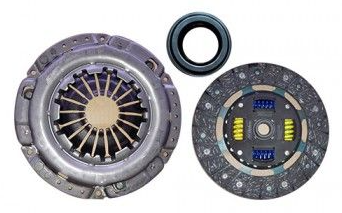
Before you begin, gather all the necessary tools and materials you will need for the job. You will need a floor jack, jack stands, a socket set, a torque wrench, a clutch alignment tool, and a new clutch kit. Make sure the car is in a safe and level location before you begin.
Start by disconnecting the battery and then removing the transmission from the car. Once the transmission is removed, you will have access to the clutch. Use a socket set to remove the bolts that hold the clutch cover in place. You may need to use a pry bar to gently remove the cover.
Once the clutch cover is removed, you will have access to the clutch assembly. Use a socket set to remove the bolts that hold the clutch assembly in place. You may need to use a pry bar to gently remove the assembly. Be sure to keep track of which bolts go where, as some may be different lengths.
Once the clutch assembly is removed, inspect the flywheel for any damage or wear. If the flywheel is damaged, it may need to be resurfaced or replaced. If the flywheel is in good condition, you can move on to the next step.
Before installing the new clutch, make sure the flywheel and pressure plate surfaces are clean and free of debris. Use a clutch alignment tool to align the new clutch with the flywheel. Install the pressure plate and torque the bolts to the manufacturer's specifications. Be sure to use a torque wrench to ensure the bolts are tightened to the correct torque.
Once the new clutch is installed, you can begin to reinstall the transmission. Use a floor jack to support the transmission and align it with the engine. Install the transmission bolts and torque them to the manufacturer's specifications.
Before reconnecting the battery and starting the car, make sure to test the clutch. With the car in neutral, press the clutch pedal down and release it slowly. You should feel resistance and the pedal should return to its original position. If the clutch pedal does not return, there may be an issue with the hydraulic system.
Once you have tested the clutch and are satisfied with its performance, you can reconnect the battery and start the car. Let the car run for a few minutes to ensure everything is working properly.
In conclusion, replacing a car clutch requires some mechanical know-how, the right tools, and a good amount of patience. If you are unsure about any of the steps, it may be best to seek the help of a professional mechanic. A poorly installed clutch can lead to significant damage to the transmission or engine, so it is essential to take the time to do the job right.
If you want to know more information about car clutch, please contact us. We will provide professional answers.

Related News
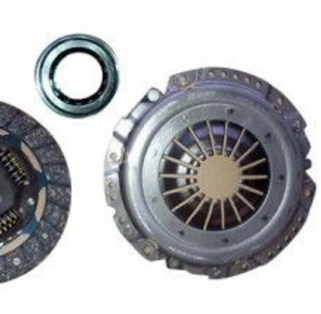
Function and Characteristics of Automotive Clutch
Jun. 28, 2023
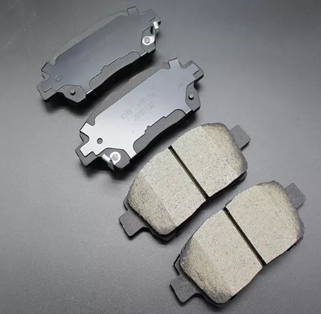
Brake Shoe vs. Brake Pad: What's the Difference?
Jun. 16, 2023
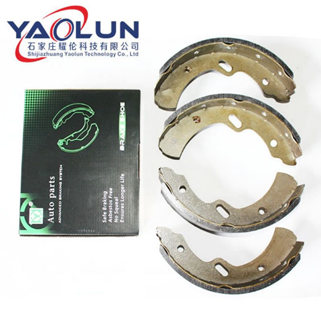
Common Signs of Worn-out Brake Shoe
May. 26, 2023
Product Categories
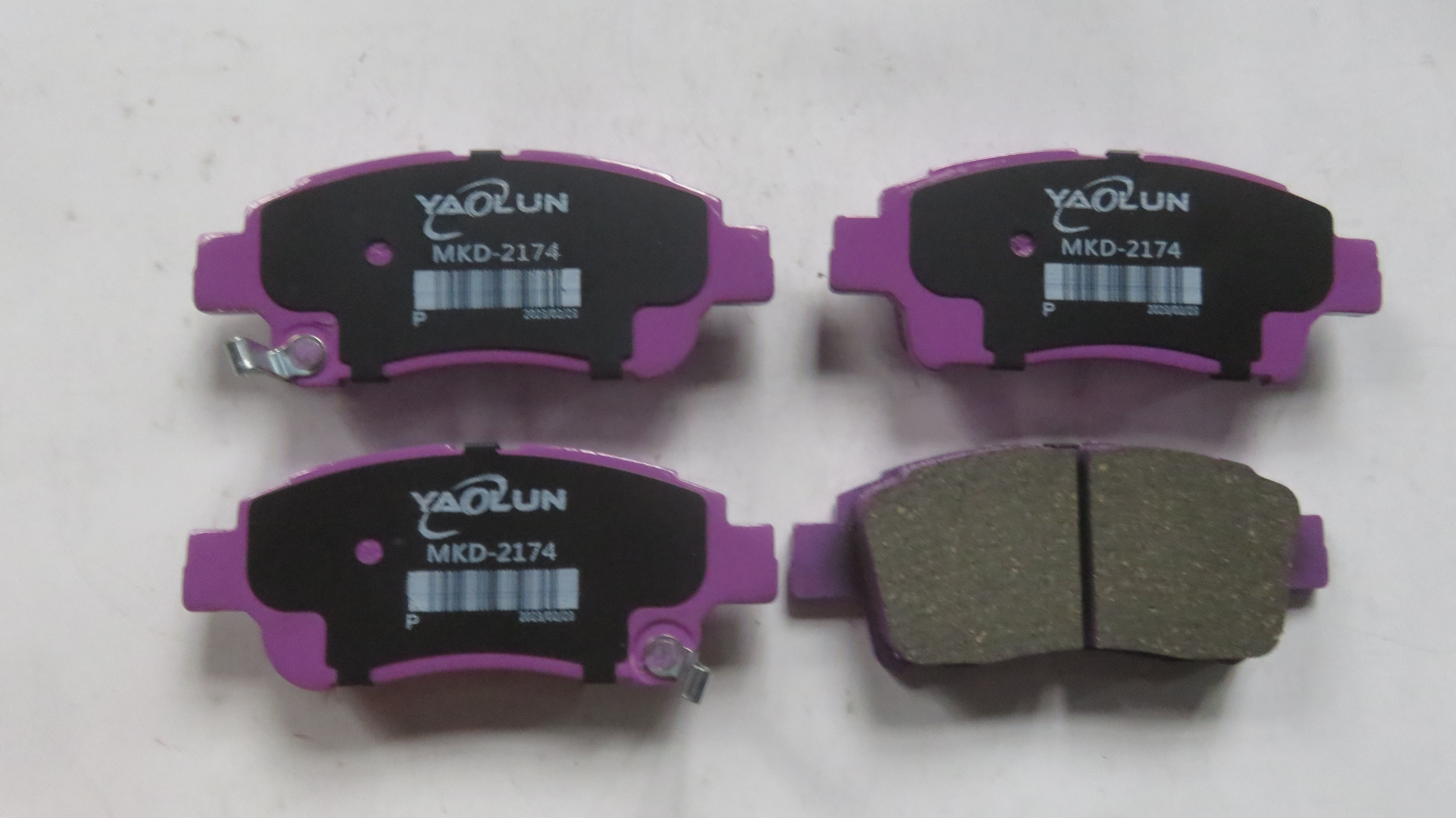
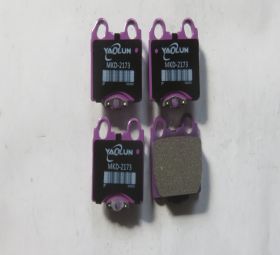
Brake Pads MKD2173 LEXUS,TOYOTA GS,IS,SC,Crown,Majesta, Royal 1jz ,2jz,1G 1997-2011 REAR
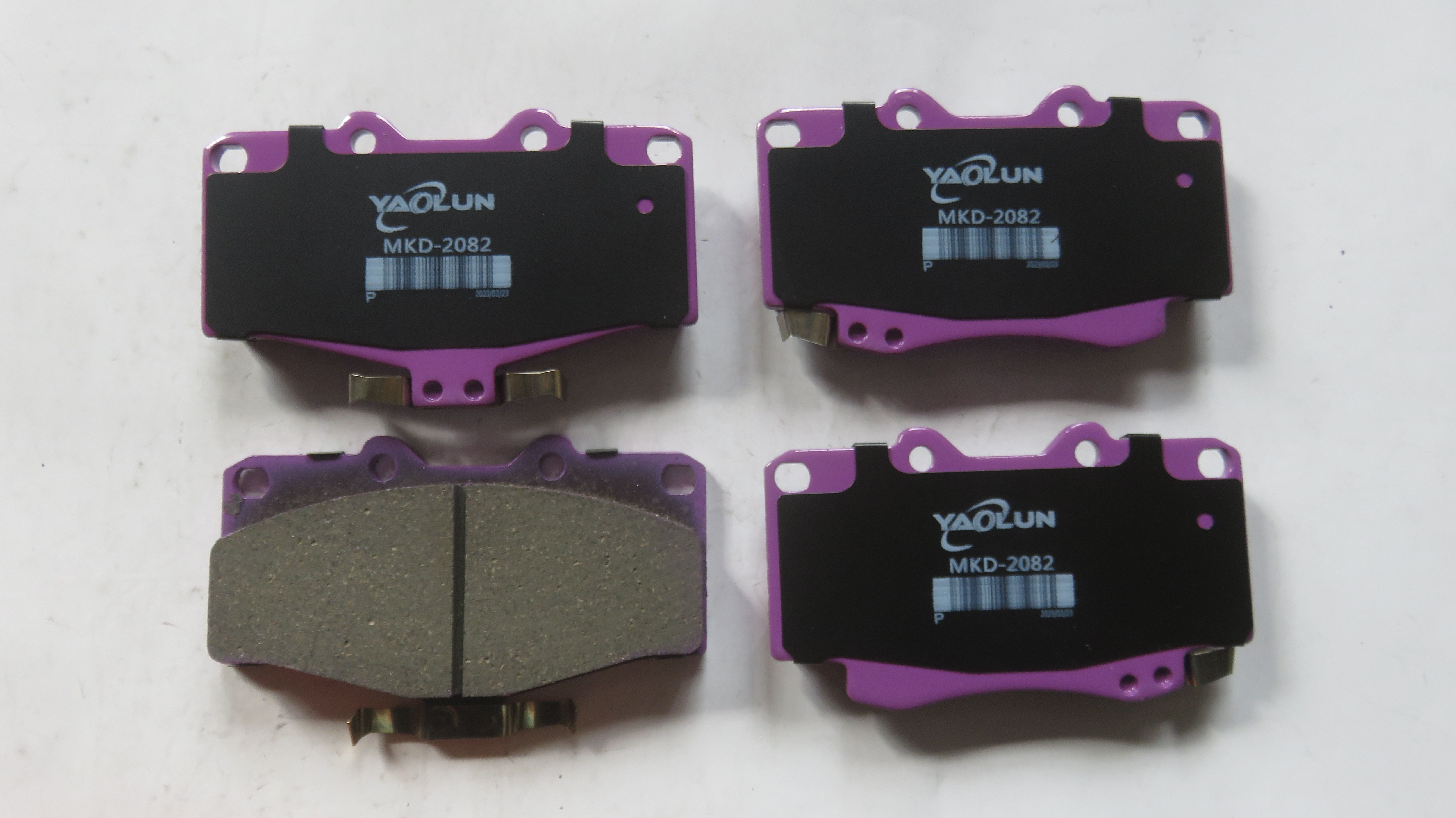
Brake pads MKD2082 TOYOTA L/C 1990-1998 Lexus LX450 1996-1997 FRONT
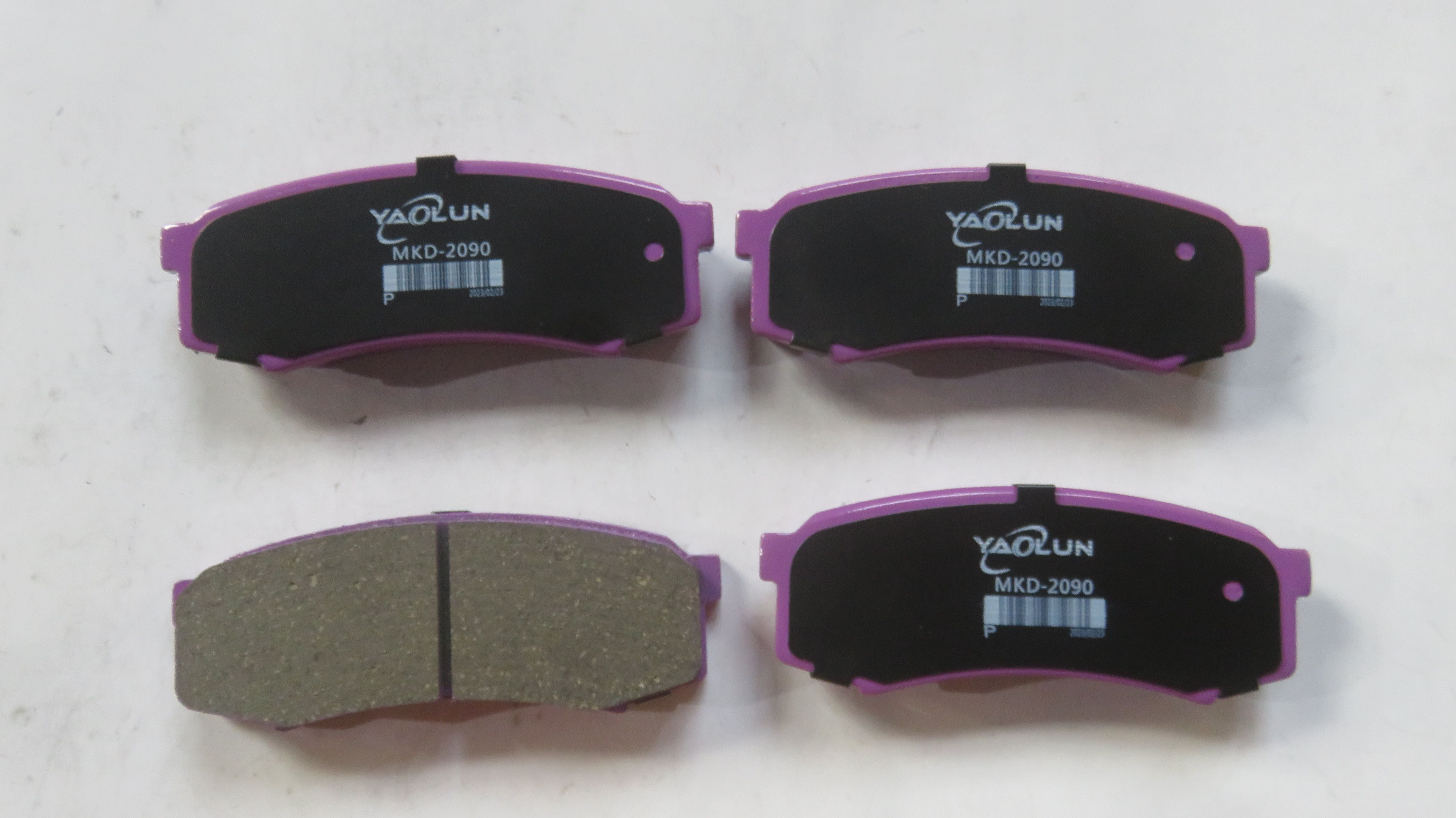
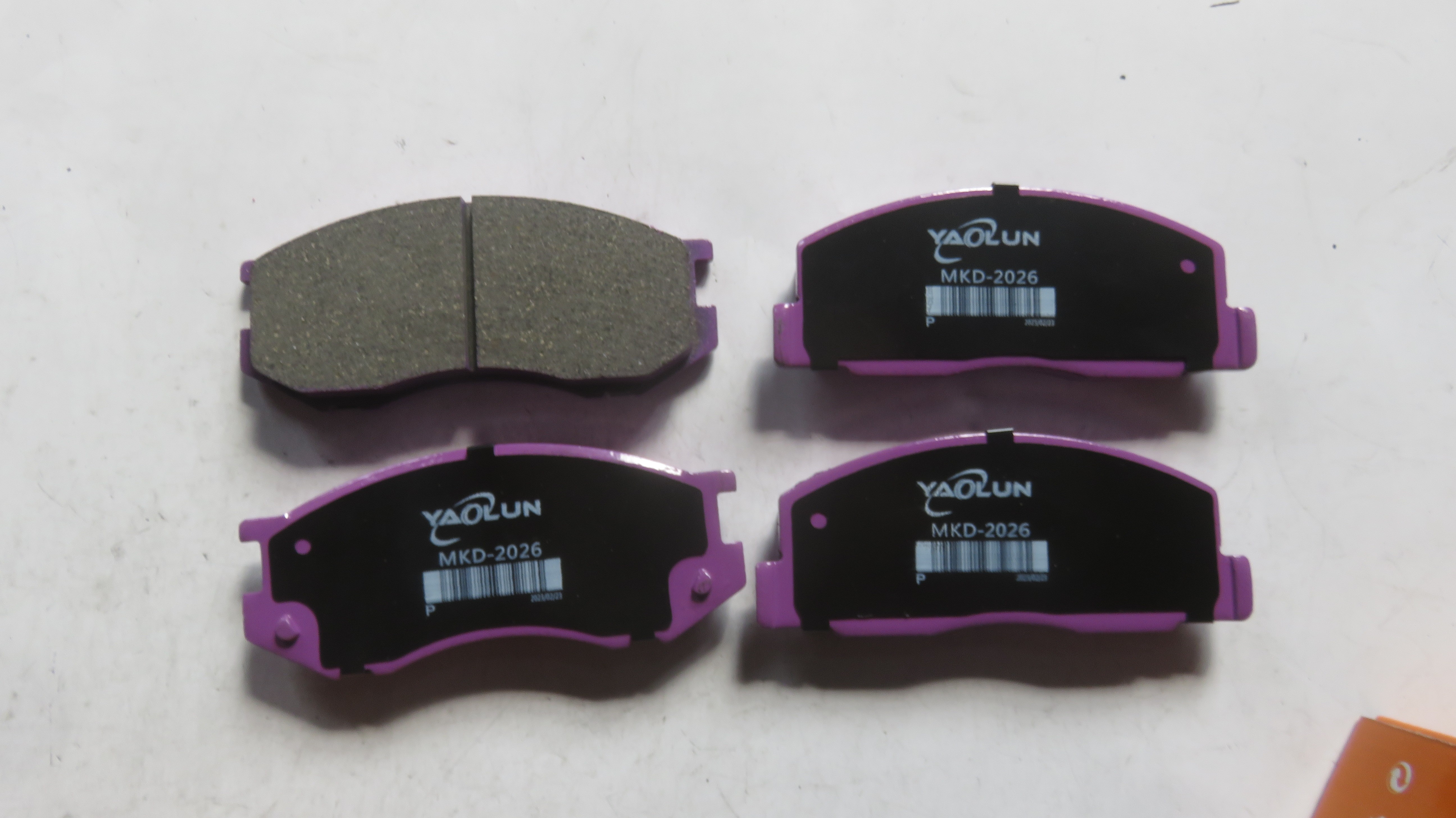
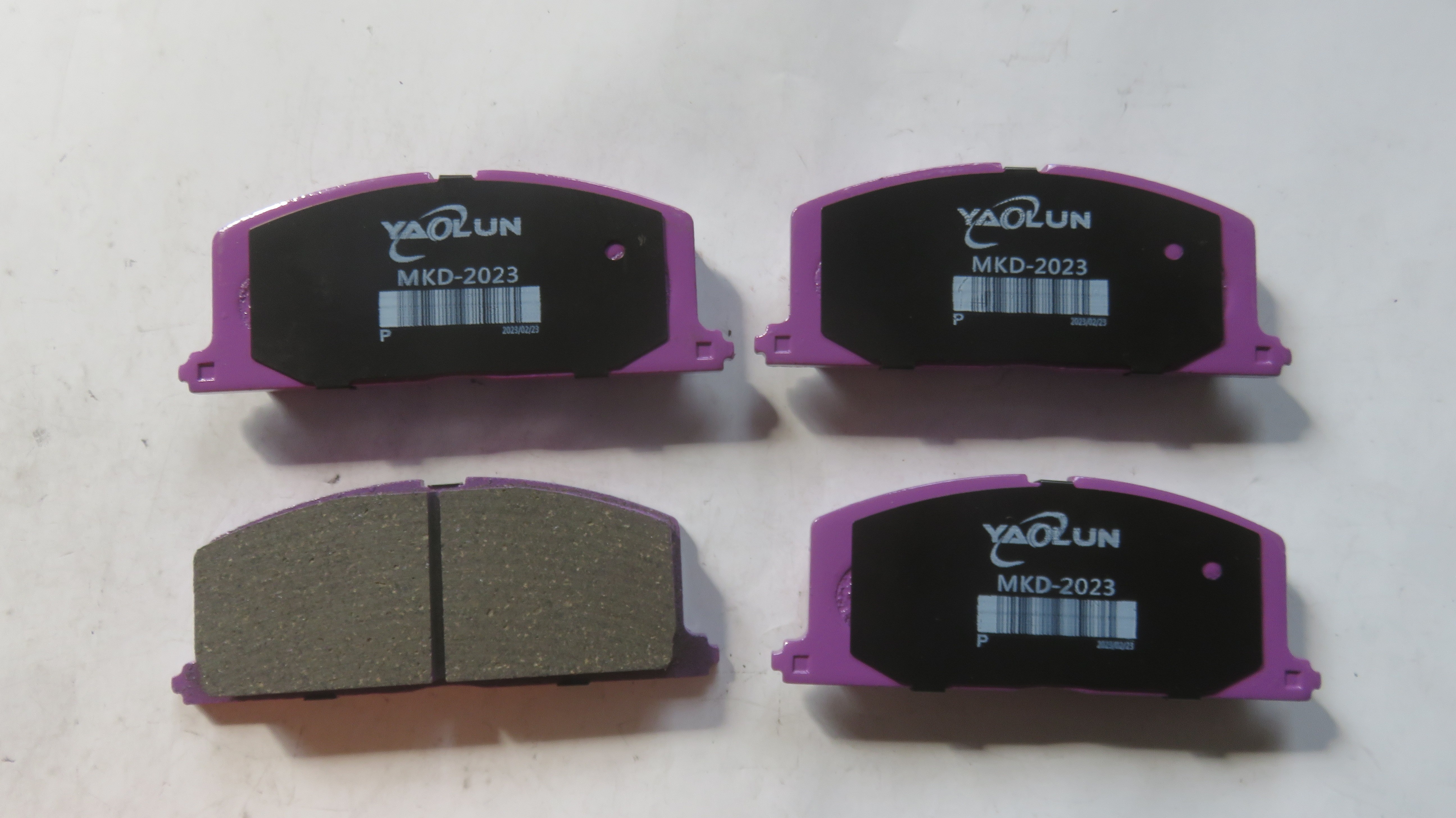
Brake pads MKD2023 Toyota AE90/100/110 Caldina,Carina,Corolla,corona front 1998-2002
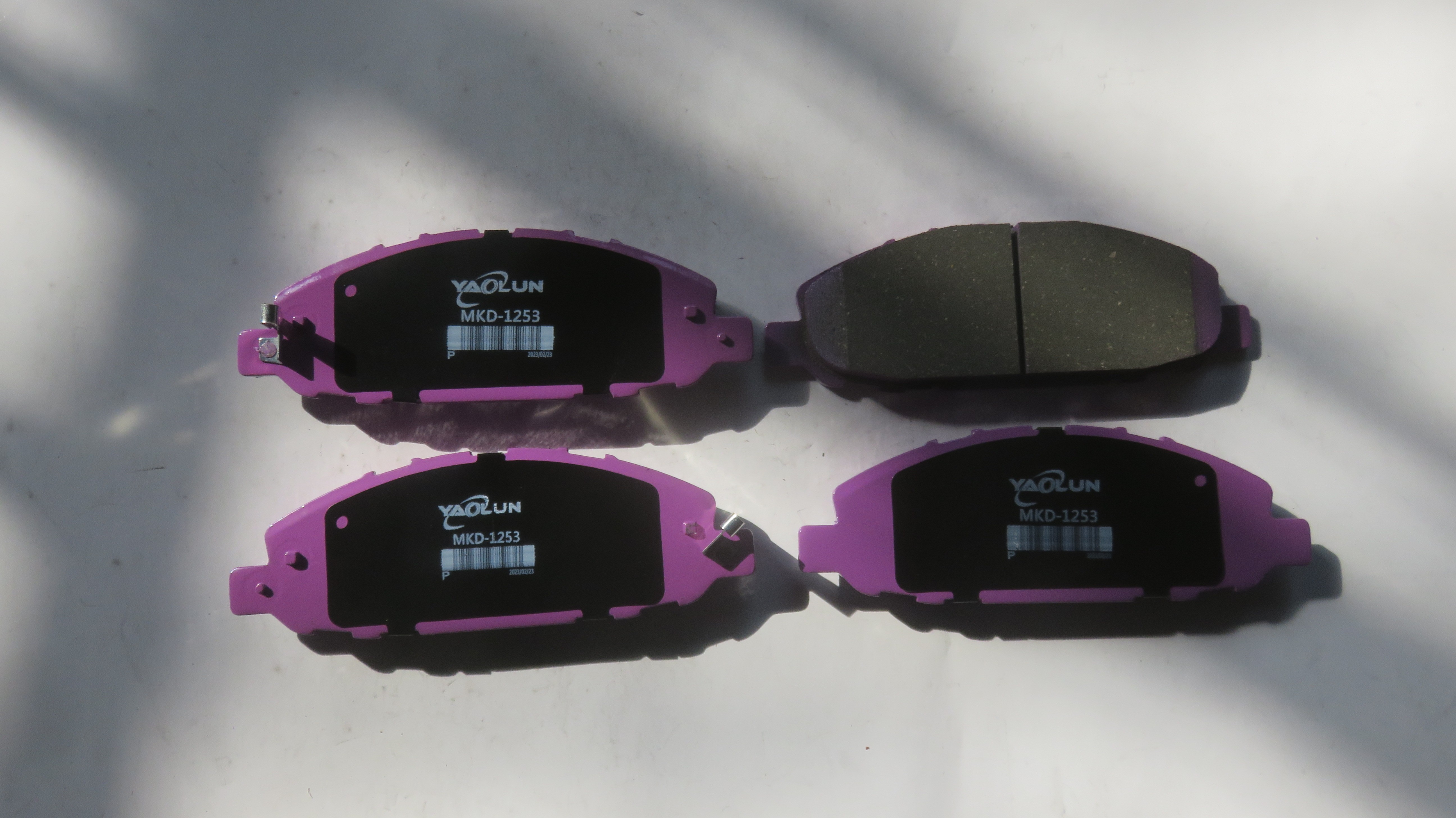
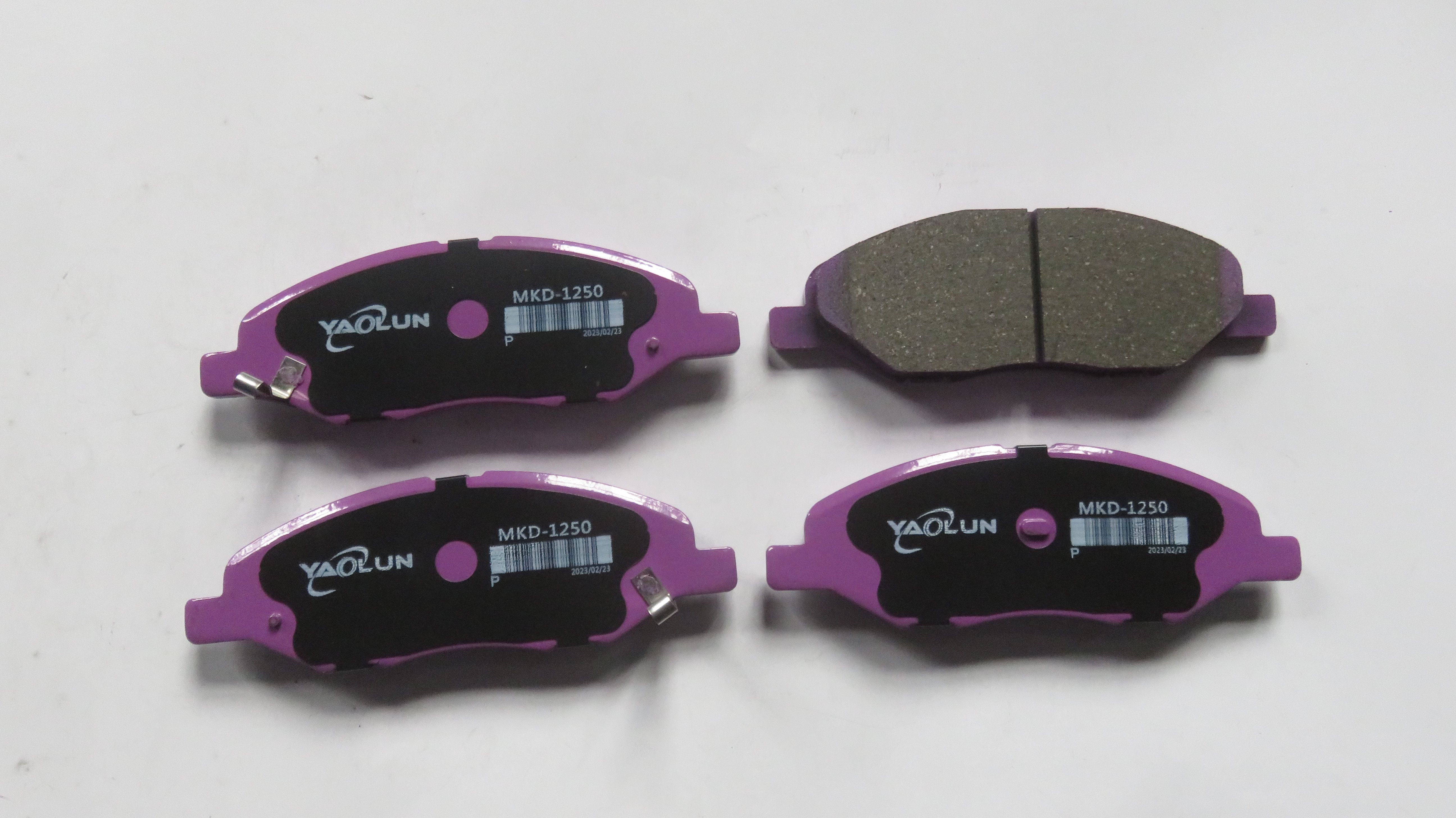
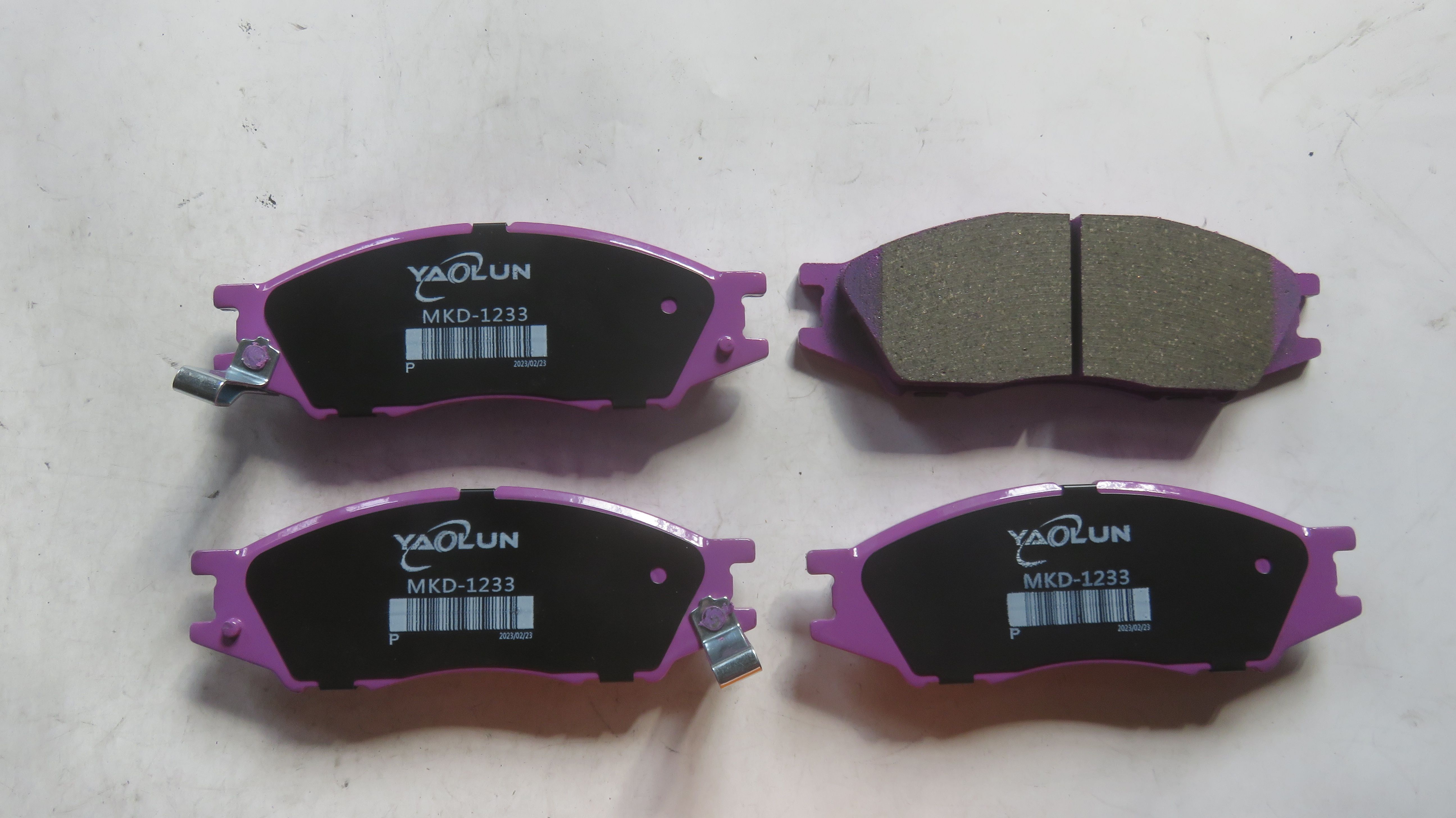
Brake pads MKD1233 NISSAN Almera II CC 1.5,1.8,2.2 2002 Front
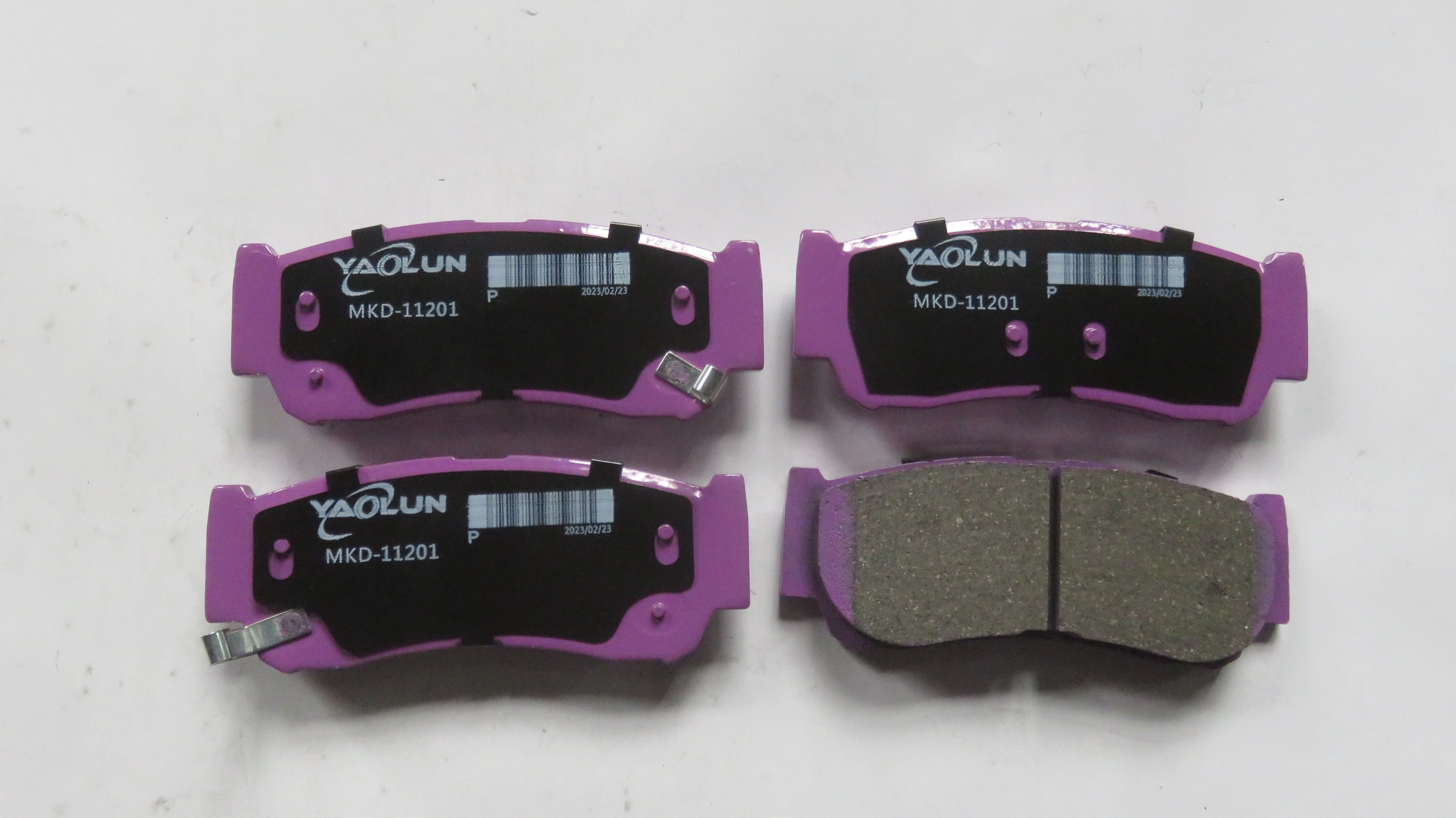
Brake Pads MKD-11201 HYUNDAI SANTA FE CC 2.2,2.7(HUATAI)front
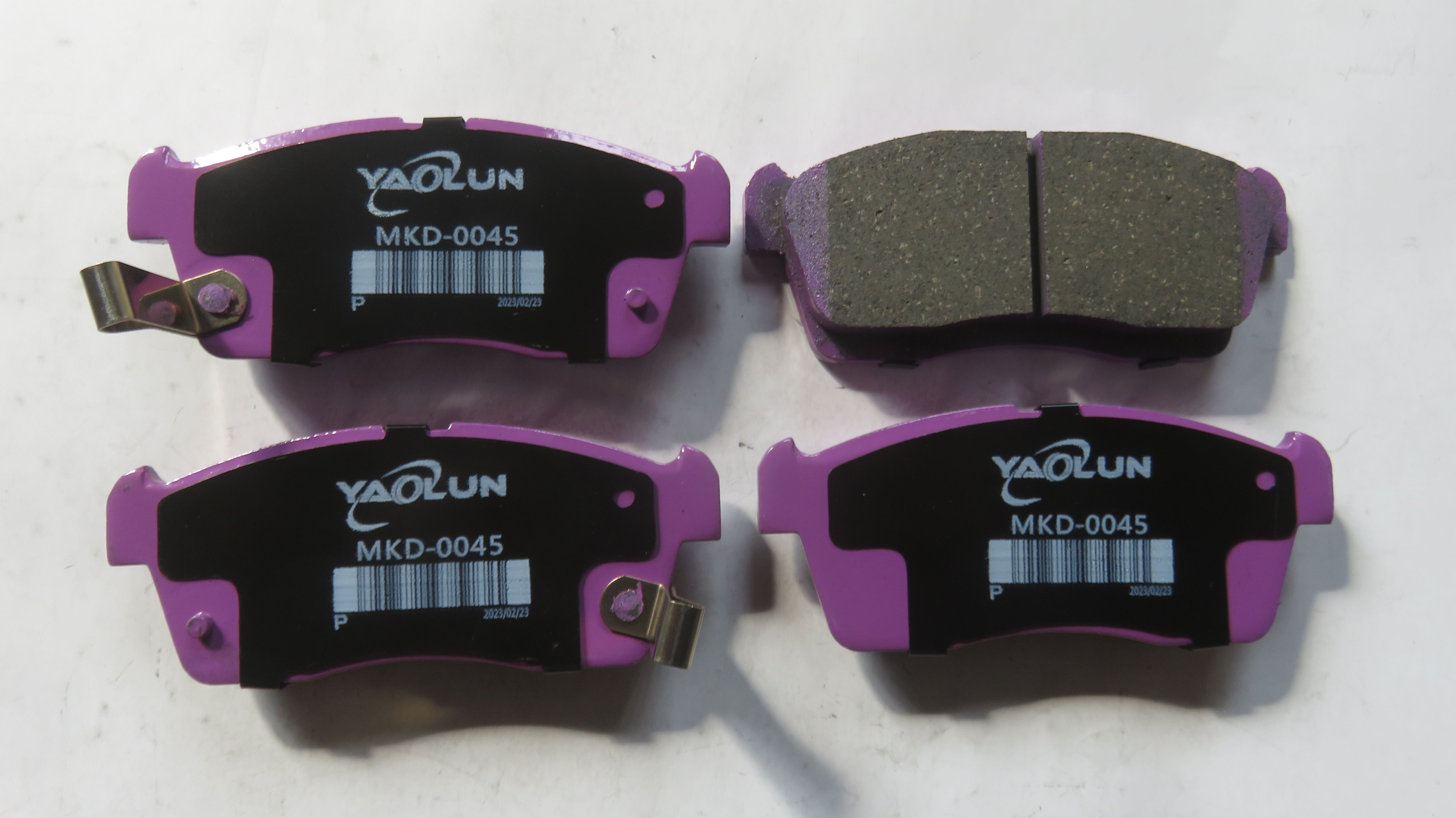
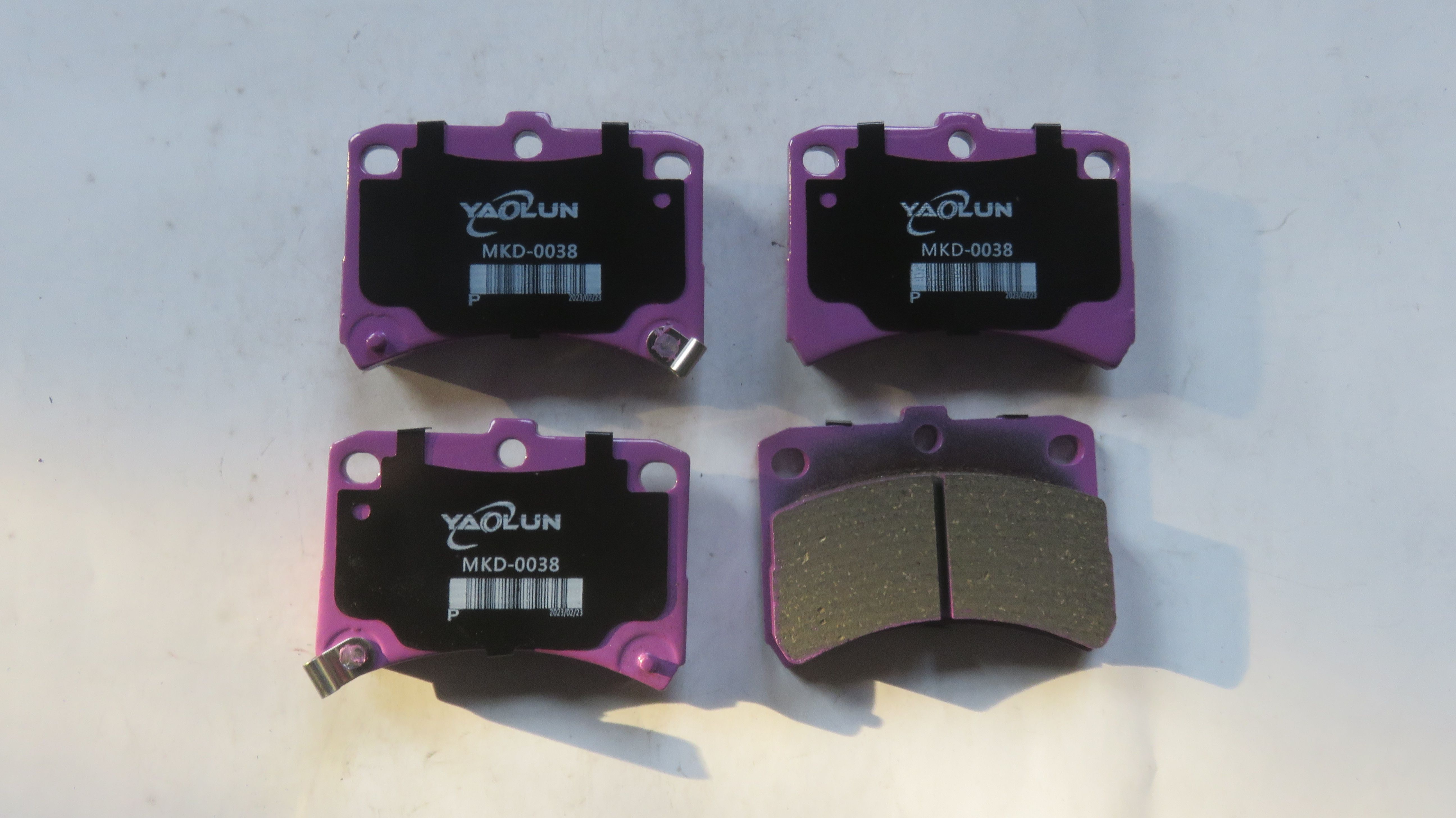
Brake pads MKD-0038 DAIHTSU Cuore VI(L7),Hijet, PERODUA,1998-2003
Navigation
>> E-mail: yaolun002@yaolunautoparts.com
>> Mob.: +86 13091010404
Subscribe To Our Newsletter
Stay in touch with us to get latest news and discount coupons
